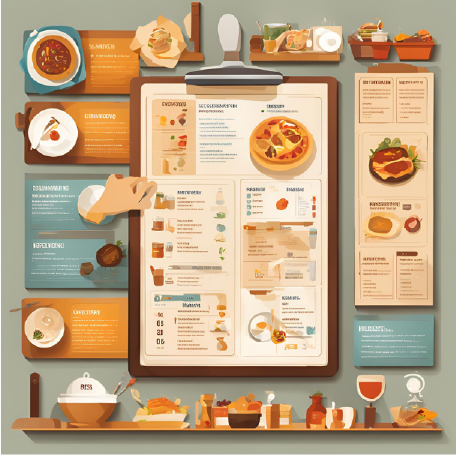
Rising Food Costs Force Beloved Ann Arbor Restaurant to Close After 33 Years
Red Hawk Bar & Grill in Ann Arbor is closing after 33 years, with the owners citing
financial strain from the pandemic and sharply rising food costs as key reasons.
The restaurant’s closure is part of a larger trend, as over 100 local establishments have shut down since 2019
due to escalating expenses and increased competition.
Read more →

Restaurant chains are increasingly worried about beef inflation
Restaurant chains are increasingly worried about rising beef costs due to a shrinking U.S. cattle supply. This beef inflation is significantly impacting restaurant commodity costs, with ground chuck prices already up over 10% year-over-year.
Read more →

San Antonio Restaurant Faces Closure Amid Rising Food Costs
Nick's Tacos, a family-owned restaurant in San Antonio, is struggling to stay afloat as rising food costs, particularly for meat and eggs, have severely impacted its profit margins. Like many small restaurants facing inflationary pressures, the owners are caught between maintaining affordability for customers and covering escalating operational expenses, putting their business at risk of closure.
Read more →

How MalletX Solves the Restaurant Cost Crisis
With rising ingredient costs squeezing restaurant margins, many operators struggle to keep prices reasonable without sacrificing profits.
MalletX helps restaurants fight inflation by providing real-time price comparisons and smarter procurement strategies to cut costs and optimize inventory.
Read more →
MalletX helps restaurants fight inflation by providing real-time price comparisons and smarter procurement strategies to cut costs and optimize inventory.

Why The Effort?
Many small business owners make the costly mistake of relying on one or two vendors without price shopping, leading to inflated costs and missed savings,
while also failing to manage each item they purchase effectively, which can result in significant
financial losses due to invoicing errors, delivery discrepancies, and unchecked price fluctuations.
By leveraging automation and best practices, businesses can track purchases, optimize vendor competition,
and systematically reduce waste, turning small savings into substantial long-term financial gains
that directly impact profitability.
Read more →